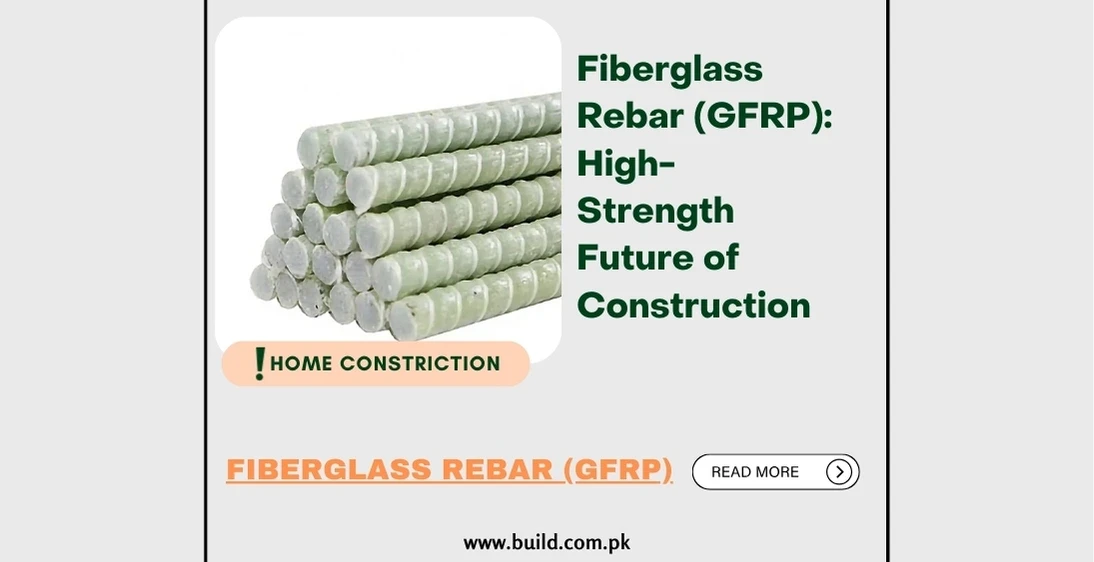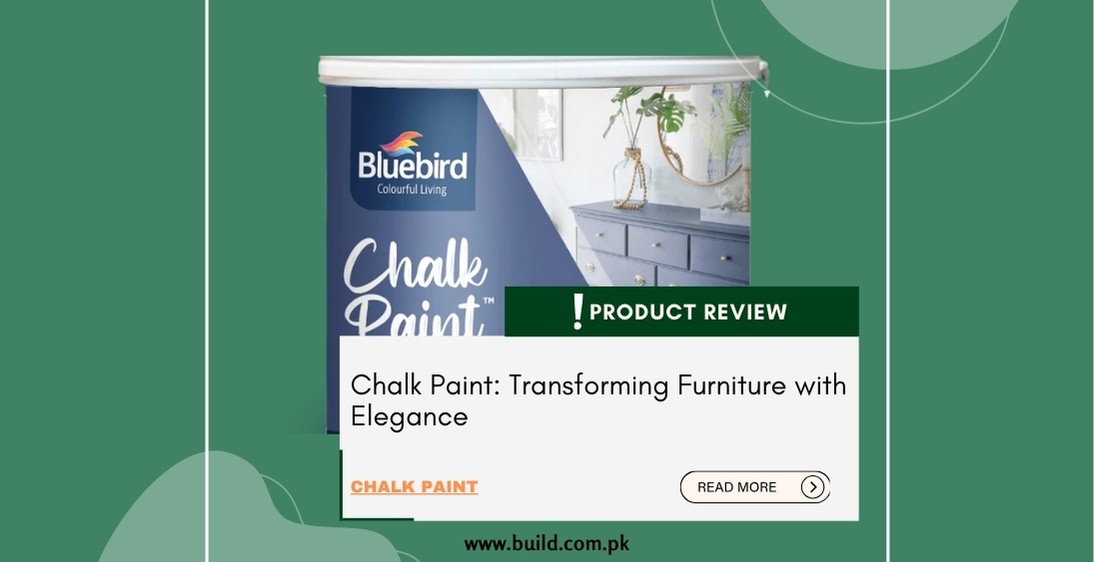Stylish Sink Designs: Enhancing Your Kitchen

Introduction:
The
kitchen sink is one of the most frequently used fixtures in any home. It plays
a crucial role in daily tasks such as washing dishes, preparing food, and
cleaning up. Choosing the right kitchen sink design can enhance both the
functionality and aesthetics of your kitchen. This comprehensive guide will
explore various kitchen sink designs, provide tips for selecting the perfect
sink, and offer insights into maintaining it for long-lasting use.
Types of Kitchen Sinks
1. Top-Mount Sinks:
Top-mount
sinks, also known as drop-in or self-rimming sinks, are installed from above
the countertop. The sink’s rim sits on the countertop, making installation
relatively straightforward. These sinks come in various materials, including
stainless steel, porcelain, and composite granite.
Advantages:
- Easy to install and replace.
- Suitable for a variety of countertop materials.
- Often more affordable than other types of sinks.
- Provides
a classic and timeless look.
2. Undermount Sinks:
Undermount
sinks are installed beneath the countertop, creating a seamless and clean look.
This design makes it easy to wipe crumbs and spills directly into the sink
without getting caught on the rim. Undermount sinks are commonly made from
materials like stainless steel, granite, and solid surface.
Advantages:
- Offers a sleek and modern appearance.
- Easy to clean and maintain.
- Maximizes countertop space.
- Reduces
the risk of mold and mildew buildup around the sink rim.
3. Farmhouse Sinks:
Farmhouse
sinks, also known as apron-front sinks, feature a large, deep basin with an
exposed front panel. These sinks are typically made from materials like
fireclay, porcelain, and stainless steel. Farmhouse sinks are ideal for
kitchens with a rustic, traditional, or country-style design.
Advantages:
- Provides a large basin for washing oversized pots and pans.
- Addsa charming and rustic appeal to the kitchen.
- Available in single or double bowl configurations.
- Durable
and can withstand heavy use.
4. Double-Bowl Sinks:
Double-bowl
sinks feature two separate compartments, allowing for multitasking in the
kitchen. They can be top-mount, undermount, or farmhouse style. The bowls can
be equal in size or different, depending on your needs.
Advantages:
- Allows for simultaneous washing and rinsing.
- Ideal for separating dirty dishes from clean ones.
- Provides flexibility in kitchen tasks.
- Available
in various materials and styles.
5. Bar Sinks:
Bar
sinks, also known as prep sinks or entertainment sinks, are smaller sinks
typically used for tasks like food prep, washing hands, or chilling beverages.
They are often installed in kitchen islands, bars, or outdoor kitchens.
Advantages:
Provides additional workspace in the kitchen.
- Ideal
for small or secondary kitchens.
- es convenience during entertaining.
- Can
be used for specific tasks, keeping the main sink free.
Choosing the Perfect Kitchen Sink
Size and Configuration:
Measure the available space in your kitchen to ensure the sink fits comfortably. Consider the depth of the sink. Deeper sinks can hold more dishes but may require more bending. Think about the number of bowls you need. Single-bowl sinks are great for large items, while double-bowl sinks offer more versatility. Ensure the sink size and configuration match your kitchen layout and countertop design.
Material:
Stainless
Steel: Durable, affordable, and easy to clean. However, it can be prone to
scratches and water spots.
Porcelain:
Offers a classic and elegant look. It's resistant to stains but can chip or
crack with heavy use.
Granite
Composite: Durable, heat-resistant, and available in various colors. It can be
more expensive and heavier than other materials.
Fireclay:
Provides a smooth, glossy finish and is highly durable. It's ideal for
farmhouse sinks but can be costly.
Solid
Surface: Seamless integration with countertops and available in various colors.
It's less heat-resistant compared to other materials.
Style and Design:
Choose a sink style that complements your kitchen decor. Modern, traditional, rustic, or industrial styles can enhance the overall look of your space. Look for design features such as integrated drainboards, low-divide double bowls, or extra-deep basins. Consider the shape of the sink. Rectangular, square, and round shapes offer different aesthetic and functional benefits. Think about the faucet configuration. Ensure the sink design accommodates your preferred faucet style and installation method.
Installation and Maintenance:
Determine the type of installation that suits your kitchen. Top-mount sinks are easier to install, while undermount sinks offer a sleeker look but may require professional installation. Consider the ease of maintenance. Some materials require more upkeep than others. For example, stainless steel is low-maintenance, while porcelain may need more care to prevent chips. Think about long-term durability. Invest in a sink made from high-quality materials that can withstand daily use and maintain its appearance over time. Consider additional features such as soundproofing pads for quieter operation and integrated accessories like cutting boards and colanders.
Maintaining Your Kitchen Sink
Regular Cleaning:
Clean your sink daily with mild dish soap and a soft cloth or sponge. Avoid using abrasive cleaners or scrubbers that can scratch the sink’s surface. For stainless steel sinks, wipe in the direction of the grain to prevent streaks. Use a baking soda and water paste to remove stubborn stains and odors.
Preventing Damage:
Use a sink grid or mat to protect the bottom of the sink from scratches and dents. Avoid leaving acidic or caustic substances in the sink for prolonged periods. Rinse the sink thoroughly after using cleaning products or acidic foods like tomatoes and citrus. Use a cutting board on the countertop instead of cutting directly in the sink.
Dealing with Hard Water Stains:
Use a mixture of vinegar and water to dissolve mineral deposits. Rinse and dry the sink after each use to prevent water spots. Apply a stainless steel polish or olive oil to restore shine to stainless steel sinks. For porcelain sinks, use a non-abrasive cleaner and a soft brush to remove hard water stains.
Conclusion:
Selecting
the right kitchen sink design involves considering various factors such as
size, material, style, and installation. Whether you prefer the classic look of
a top-mount sink, the sleek appearance of an undermount sink, or the rustic
charm of a farmhouse sink, there’s a perfect design for every kitchen. By
choosing a sink that complements your kitchen decor and meets your functional
needs, you can enhance both the aesthetics and usability of your space.









